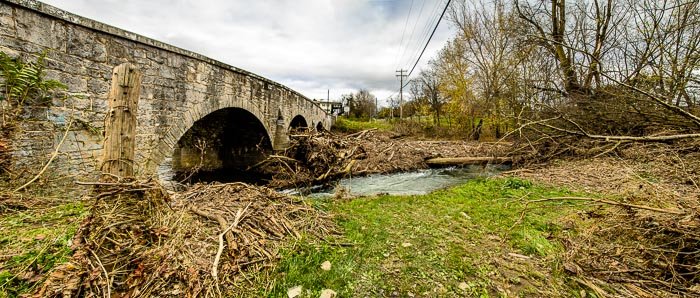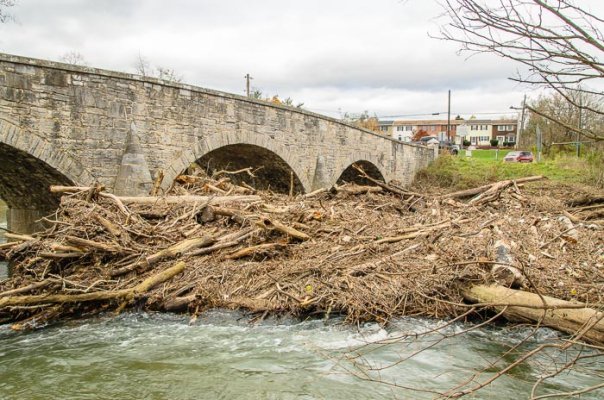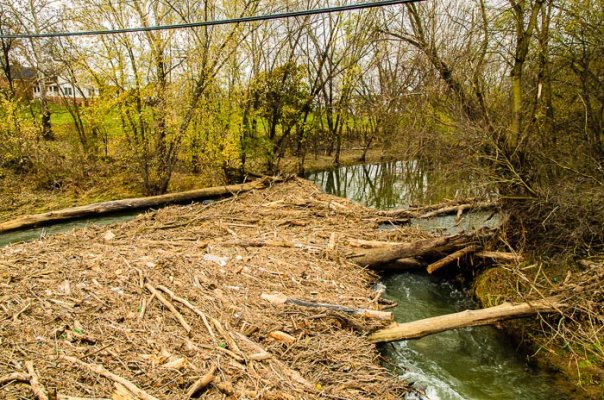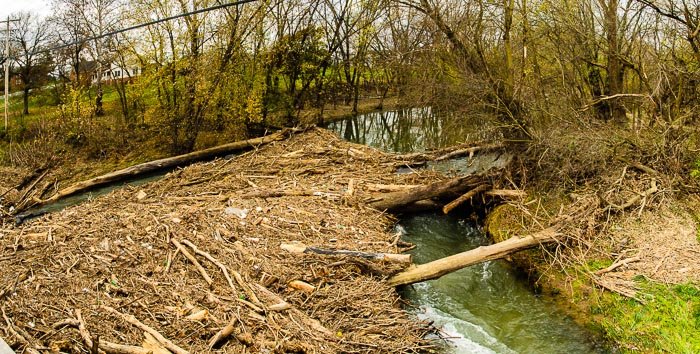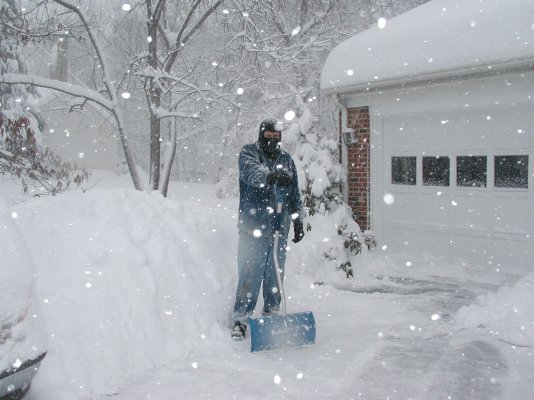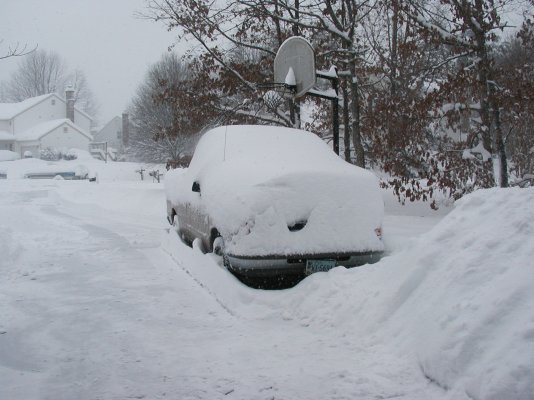lemming
Full time employment: Posting here.
- Joined
- May 29, 2008
- Messages
- 599
I hope ING redeems their selves and move those generators and portapotties to somewhere they can be useful for the next week.
Everyone is talking about charging cellphones and Starbucks and not much about water and sewer in the high rises.
Everyone is talking about charging cellphones and Starbucks and not much about water and sewer in the high rises.

